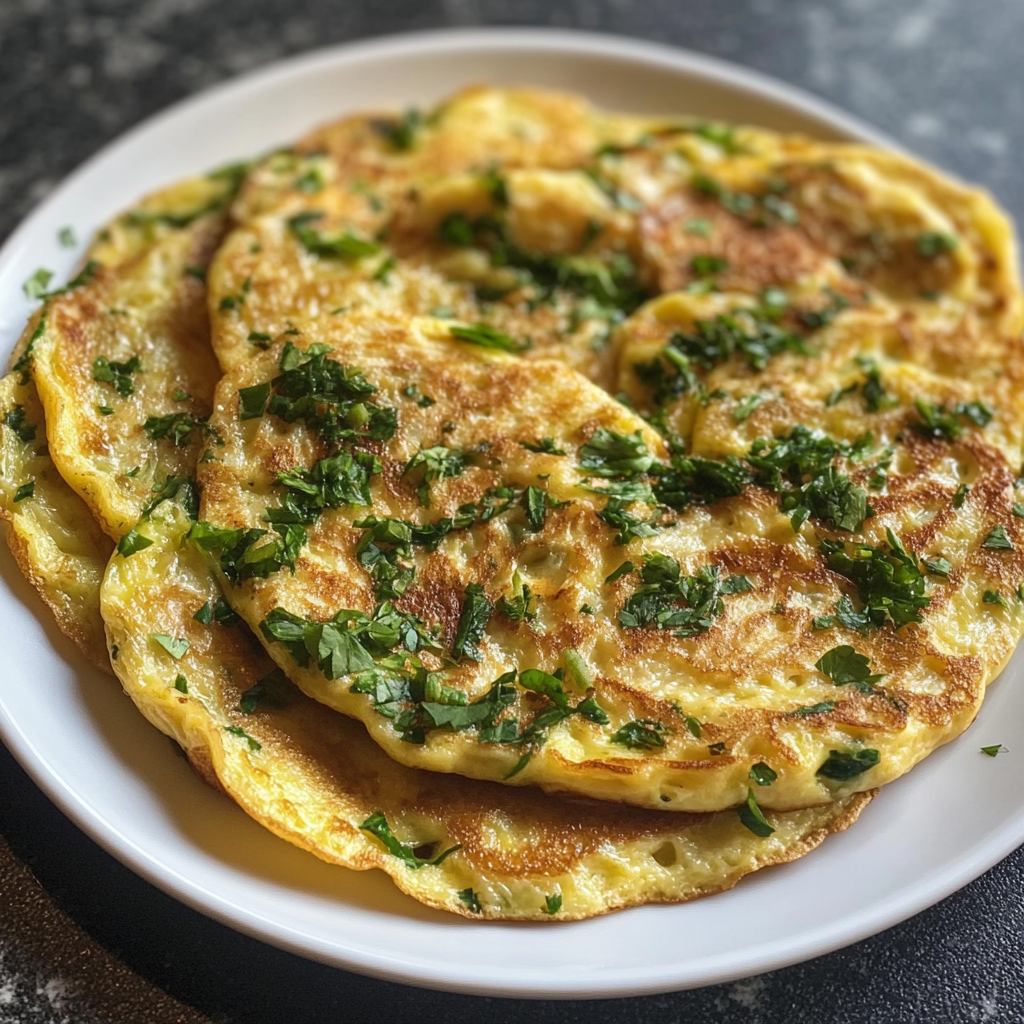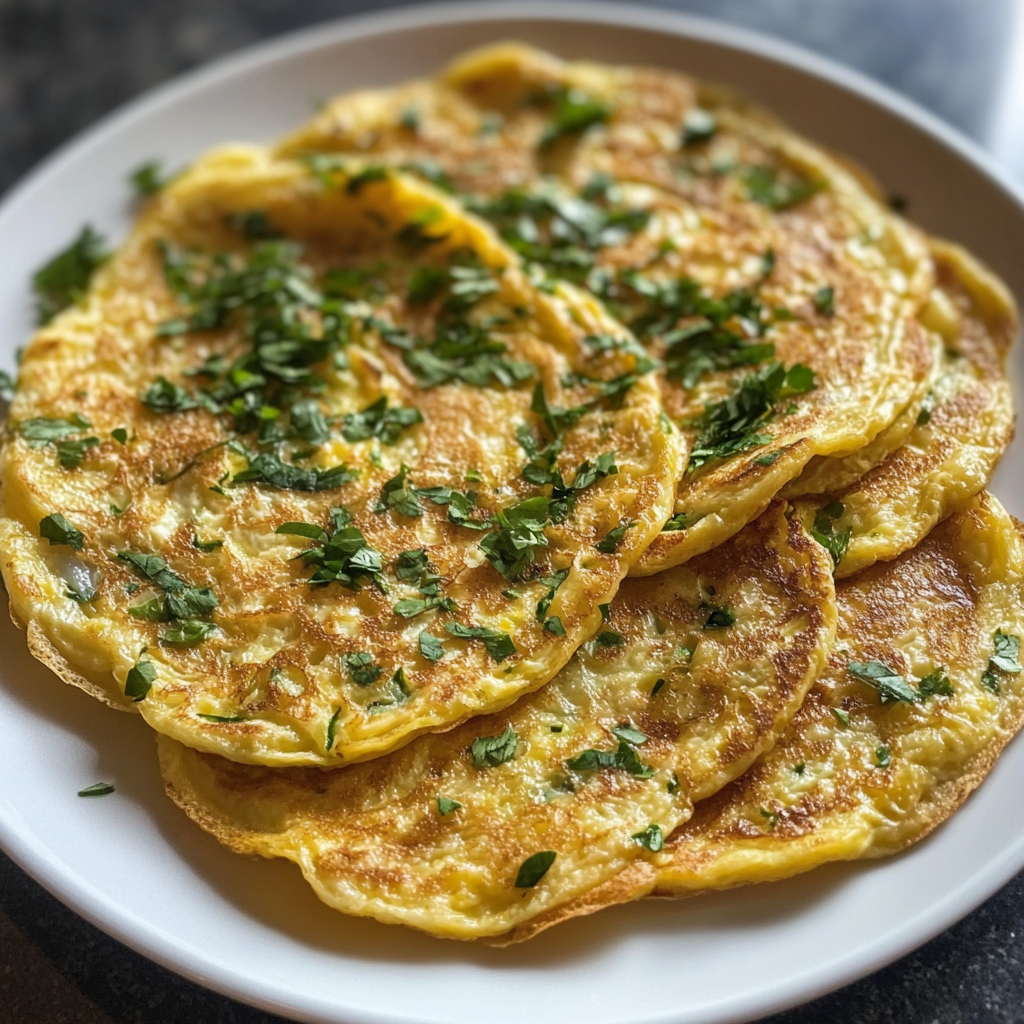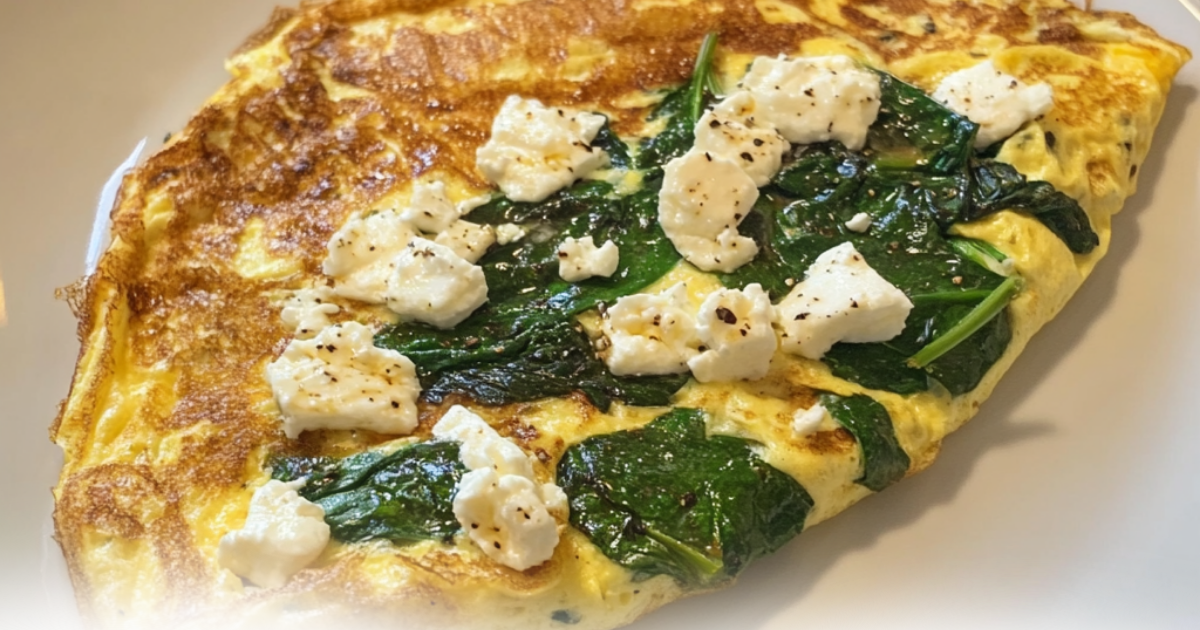In the quest to understand how do restaurants make omelettes so fluffy, we begin by diving into the culinary techniques that transform simple eggs into airy delights. Restaurants have mastered the art of omelette-making, turning what could be an everyday breakfast item into a gourmet experience. This article unfolds the secrets behind creating that perfect fluffy texture, mirroring the quality of restaurant omelettes right in your own kitchen.
Table of Contents
Understanding the Science: How Do Restaurants Make Omelettes So Fluffy?
The key to fluffiness in omelettes lies deeply in understanding the science behind egg proteins and heat interaction. When eggs are beaten, proteins are unraveled, forming a network that traps air. Heat gently cooks the eggs, causing this network to set while maintaining the trapped air, which contributes significantly to the omelette’s fluffiness. This segment explains how do restaurants make omelettes so fluffy by focusing on the precise control of temperature and timing.
- Protein behavior under heat
- Importance of air incorporation
- Effects of temperature on egg fluffiness
Key Techniques: How Do Restaurants Make Omelettes So Fluffy?
Restaurants employ specific techniques to ensure their omelettes are exceptionally fluffy. One critical approach is the vigorous whisking of eggs before cooking, introducing plenty of air into the mixture. Moreover, the use of a non-stick skillet and the technique of cooking over low heat play pivotal roles. Here, we dissect how do restaurants make omelettes so fluffy, emphasizing the mechanical and cooking methods used.
- Whisking thoroughly to incorporate air
- Using the right cookware
- Optimal heat settings

For a foolproof guide, explore Can We Eat Sweet Potatoes and Eggs Together? for complementary techniques.
Ingredient Selection: How Do Restaurants Make Omelettes So Fluffy?
Selecting the right ingredients is crucial for achieving the perfect fluffiness in omelettes. Fresh eggs, the correct type of fat, and the addition of a liquid such as milk or water, can all influence the texture and taste. This section details how do restaurants make omelettes so fluffy by choosing the best ingredients that contribute to the desired airy structure.
- Choosing fresh, high-quality eggs
- Deciding on the best fats for cooking
- Role of liquids in enhancing fluffiness
Step-by-Step Guide to Making a Restaurant-Style Fluffy Omelette
For those eager to replicate restaurant-style fluffy omelettes, this step-by-step guide provides all the necessary instructions. Starting with the preparation of ingredients to the final presentation, each step is designed to maintain the airiness of the omelette. This guide answers how do restaurants make omelettes so fluffy by offering clear, practical advice for every stage of the process.
- Preparing your ingredients
- Mixing and whisking techniques
- Cooking the omelette to perfection
- Finishing touches for presentation
Comparative Techniques: French vs. American vs. Japanese Omelettes
Different culinary traditions approach omelette-making with unique techniques that reflect their cultural preferences. French omelettes are renowned for their creamy, tender interiors, while American versions are often denser and fully cooked. Japanese omelettes, or Tamagoyaki, are made by rolling layers of cooked egg into a dense log. This comparison illustrates how do restaurants make omelettes so fluffy across various cuisines, highlighting diverse methods and styles.
- French technique: Low heat and constant movement
- American style: Higher heat and filling incorporation
- Japanese approach: Layering and rolling

Professional Tips from Chefs
Gaining insights from professional chefs can elevate your omelette-making skills to new heights. Chefs recommend specific pans, the importance of the freshness of eggs, and even their preferred whisking tools. This advice is central to understanding how do restaurants make omelettes so fluffy and can be directly applied to enhance your culinary techniques.
- Preferred kitchen tools and cookware
- Secret ingredients or additives
- Chef-recommended cooking tips
Common Mistakes to Avoid
Even with the right knowledge and tools, common mistakes can deflate the most well-prepared omelette. Over-beating the eggs, cooking at too high a temperature, or overfilling the omelette can all compromise fluffiness. This section outlines the errors to steer clear of, detailing how do restaurants make omelettes so fluffy by avoiding these pitfalls.
- Over-beating the eggs
- Incorrect temperature settings
- Overloading with fillings
In conclusion, mastering the art of the fluffy omelette is about more than just technique; it involves understanding the interplay between ingredients, cooking methods, and meticulous attention to detail. By exploring and applying these professional strategies, you can bring the sophistication of restaurant-quality fluffy omelettes to your own breakfast table,Is Feta Good for Omelettes?
Special Tools and Equipment
The tools and equipment used are pivotal in determining the fluffiness of omelettes. Firstly, a non-stick skillet is essential for even cooking without sticking. Whisks are crucial for beating the eggs vigorously to incorporate air, making them light and airy. Some chefs use blenders to further aerate the eggs. Moreover, a spatula that’s flexible allows for gentle folding, which is vital in retaining the air bubbles essential for a fluffy texture. Here’s a quick breakdown:
- Non-stick skillet
- Whisk or blender
- Flexible spatula
Understanding how these tools contribute to the texture of the omelette is crucial for achieving that desired fluffiness.
Role of Fats in Achieving the Perfect Fluffiness
The type and amount of fat used in an omelette can significantly influence its fluffiness. Fats, such as butter and oil, are not just for preventing sticking; they also interact with the egg proteins to stabilize the air bubbles created during whisking. Restaurants often prefer butter for its flavor and its ability to brown nicely, providing a pleasing texture and richness. Clarified butter or ghee, with higher smoke points, are excellent for achieving a fluffy texture without burning. Each type of fat adds a distinct taste and influences how airily the egg cooks.
The Impact of Egg Freshness on Omelette Quality
Freshness of eggs plays a crucial role in the fluffiness of omelettes. Fresh eggs have tighter, more viscous whites and yolks that stand higher, characteristics that help maintain the structure of the omelette. As eggs age, they lose their ability to hold air, resulting in denser outcomes. Therefore, using the freshest eggs available is a key practice in restaurants for ensuring maximum fluffiness. It is also recommended to bring eggs to room temperature before whisking, as this helps in better air incorporation.
Creative Fluffy Omelette Variations
Experimenting with various ingredients can lead to delightful variations of the classic fluffy omelette. Here are some creative ideas:
- Cheese and herb: Incorporate shredded cheddar and finely chopped herbs for a flavorful twist.
- Mushroom and spinach: Add sautéed mushrooms and spinach for an earthy flavor and extra nutrients.
- Ham and bell pepper: Mix in diced ham and colorful bell peppers for a hearty and colorful omelette.
These variations not only enhance the flavor but also add to the visual appeal and texture of the omelettes.
Nutritional Considerations of Fluffy Omelettes
Fluffy omelettes not only taste great but can also be a healthy meal option, depending on the ingredients used. Eggs are a good source of high-quality protein and contain essential vitamins and minerals. However, the addition of fats and extra ingredients like cheese and meats should be considered. For a healthier version, one could use minimal amounts of healthy oils, incorporate plenty of vegetables, and opt for lean meats or low-fat cheeses. This balance ensures that the omelette remains both nutritious and delicious.
Pairing Sides with Fluffy Omelettes
The perfect side dishes can enhance the fluffy omelette experience. Here are some excellent pairings:
- Fresh salads: A light, citrusy salad can balance the richness of the omelette.
- Whole grain toast: Provides a crunchy texture and complements the softness of the omelette.
- Roasted vegetables: Adds sweetness and a hint of smokiness, perfect with a savory omelette.
Choosing the right sides can turn a simple omelette into a satisfying and balanced meal.
Enhancing Omelette Flavor Without Overpowering
Herb Infusions
Chop fresh herbs like chives, parsley, or dill finely and whisk them into the eggs. This ensures the flavor is evenly distributed without affecting the texture.
Subtle Spice Additions
A pinch of smoked paprika, turmeric, or nutmeg can add depth to the flavor while complementing the eggs’ natural taste.
Cheese Combinations
Use a mix of cheeses, such as sharp cheddar for tanginess and mozzarella for creaminess, to create complex but balanced flavors.
Elevating Omelettes for Gourmet Dining
Layering Textures
Create a layered omelette by cooking one side, flipping it gently, and spreading a thin layer of creamy filling like ricotta or mascarpone. Fold carefully to preserve the fluffy structure.
Incorporating Truffle or Caviar
A touch of truffle oil or a garnish of caviar adds a luxurious element to your omelette, perfect for special occasions or entertaining guests.
Presentation Techniques
- Serve the omelette on a warmed plate to maintain its fluffiness.
- Garnish with edible flowers or microgreens for a restaurant-style finish.
Advanced Cooking Tools for Fluffy Omelettes
Sous Vide Omelettes
Using a sous vide machine ensures even cooking at a precise temperature, creating an incredibly delicate and consistent texture.
Egg Beaters or Frothers
Electric egg beaters or milk frothers can incorporate more air into the egg mixture than manual whisking, resulting in ultra-fluffy omelettes.
Specialized Omelette Pans
Invest in a curved-edge omelette pan, which helps with even cooking and easier flipping or folding.
Historical and Cultural Context
The Evolution of Omelettes
The word “omelette” originates from the French “amelette,” but egg-based dishes have been part of global cuisines for centuries. Ancient Romans were known to cook eggs with honey, while Persian dishes like “kuku” incorporate eggs with herbs and vegetables.
Cultural Significance of Omelettes
In many cultures, omelettes are considered comfort food. The simplicity of ingredients combined with endless customization makes them a universal dish with deep local adaptations.
Omelette Pairings for Different Times of Day
Breakfast or Brunch
- Pair with fresh fruit, a smoothie, or orange juice for a wholesome start.
Lunch - Serve with a side of mixed greens or a quinoa salad for a light, satisfying meal.
Dinner - Pair with roasted potatoes or a hearty vegetable soup for a cozy evening dish.
FAQs
- What is the best heat setting to cook a fluffy omelette?
- Medium heat is ideal for cooking omelettes, allowing them to cook slowly enough to become fluffy without burning.
- Can I make a fluffy omelette without dairy?
- Yes, use plant-based milks or simply water to achieve fluffiness without dairy.
- How do I flip an omelette without breaking it?
- Ensure the omelette is not sticking to the pan and use a large, flexible spatula to gently fold it over.
These tips can help you overcome common challenges and enhance your omelette-making skills.
Conclusion
Achieving that perfect fluffiness in omelettes is an art that involves understanding and manipulating various factors from the freshness of the eggs to the cooking technique. By following the practices outlined in this guide, you can enjoy restaurant-quality fluffy omelettes right in your kitchen. Remember, the key is in the details—choosing the right ingredients, using appropriate tools, and cooking with care.

